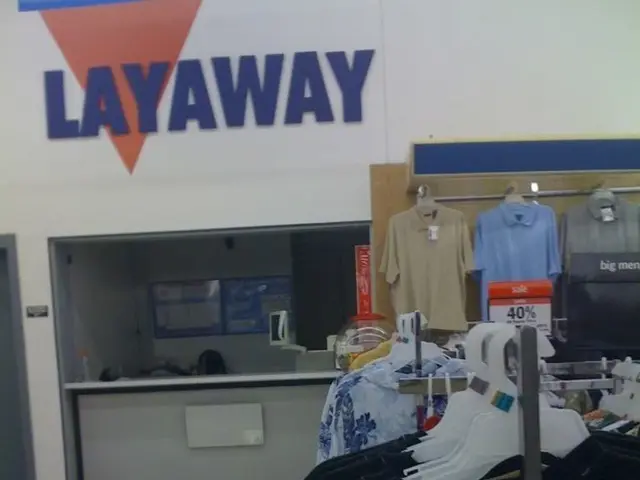Exiting a Traditional Life Insurance Policy: A Guide
In the realm of life insurance, policyholders often find themselves at a crossroads when they can no longer or no longer wish to continue making premium payments. Two options present themselves: surrendering the policy or converting it into a paid-up plan. Understanding the differences and knowing when to choose each is crucial for maximising financial and coverage benefits.
**Key Differences**
| Feature | Surrendering the Policy | Converting to a Paid-Up Plan | |------------------------------|-------------------------------|--------------------------------------| | **Definition** | Policy is cancelled; cash value is paid out to policyholder. | Policy remains active with reduced benefits; no further premiums required. | | **Effect on Coverage** | Coverage ends; no death benefit remains. | Coverage continues at a reduced sum assured (paid-up value), based on premiums paid to date. | | **Premium Payments** | None required; future payments are stopped. | None required; policy is fully paid up. | | **Cash Value** | Policyholder receives surrender value as a lump sum. | Policyholder may access cash value as per policy terms, but it remains within the policy unless withdrawn. | | **Purpose** | To terminate the policy and receive a payout. | To keep some level of protection without ongoing costs. |
**When to Choose Surrendering the Policy**
- **Immediate Cash Needs:** If you need a lump sum of money, surrendering the policy gives you access to the cash surrender value. - **No Need for Coverage:** If you no longer require life insurance protection, surrendering the policy is straightforward and final. - **Better Alternatives Available:** If another insurance product offers more suitable benefits or lower premiums, surrendering the current policy may be practical.
**When to Choose a Paid-Up Plan**
- **Continued Need for Coverage:** If you still want some level of life insurance, even at a reduced amount, converting to a paid-up plan allows you to maintain coverage without further payments. - **Uncertainty About Future Needs:** If you are unsure whether you will need life insurance in the future, a paid-up plan offers flexibility. - **Preservation of Policy Benefits:** If you wish to keep any accrued bonuses or riders, a paid-up plan can preserve these within the policy structure.
**Summary Table: Surrender vs. Paid-Up Plan**
| Consideration | Surrendering | Paid-Up Plan | |------------------------|---------------------|----------------------| | Immediate Cash | Yes | Usually less/not until withdrawal | | Ongoing Coverage | No | Yes, at reduced level | | Future Premiums | None | None | | Policy Termination | Yes | No |
**Decision Guidance**
- **Choose to Surrender:** When you need cash now and do not require ongoing life insurance coverage. - **Choose a Paid-Up Plan:** When you want to maintain some level of insurance protection and do not need immediate cash.
A recent case study involves Sachin, who purchased a traditional insurance policy three years ago. The policy had an annual premium of Rs 50,000 for 10 years, with a maturity benefit of Rs 8 Lakh after 15 years. Due to financial distress, Sachin decided to convert his policy into a paid-up plan. The new paid-up value for Sachin's policy is Rs 2.4 Lakh.
If Sachin had surrendered the policy after paying 3 premiums (Rs 1.5 Lakh), he would have received a surrender value of Rs 50,000. However, by converting the policy, Sachin was able to maintain some level of coverage while foregoing future premium payments.
Term insurance products are gaining popularity, leading some investors to question the value of their traditional policies. Converting a policy into a paid-up plan allows the policy to continue without future premium payments, but the sum assured and bonuses may no longer accrue.
In conclusion, understanding the differences between surrendering and converting a traditional insurance policy is essential for making informed decisions about one's life insurance portfolio. By carefully considering one's financial needs, future insurance requirements, and the terms of their specific insurance contract, policyholders can make the choice that best suits their unique situation.
*To manage personal-finance effectively when faced with financial difficulties, policyholders could consider converting their life insurance policy into a paid-up plan, enabling them to maintain some insurance coverage without further premium payments, as demonstrated by the case study of Sachin.* In contrast, if an individual requires immediate access to a large sum of money and does not need ongoing life insurance coverage, they might opt for surrendering their policy and receiving the cash surrender value, thus utilizing their insurance coverage for personal-finance purposes.




